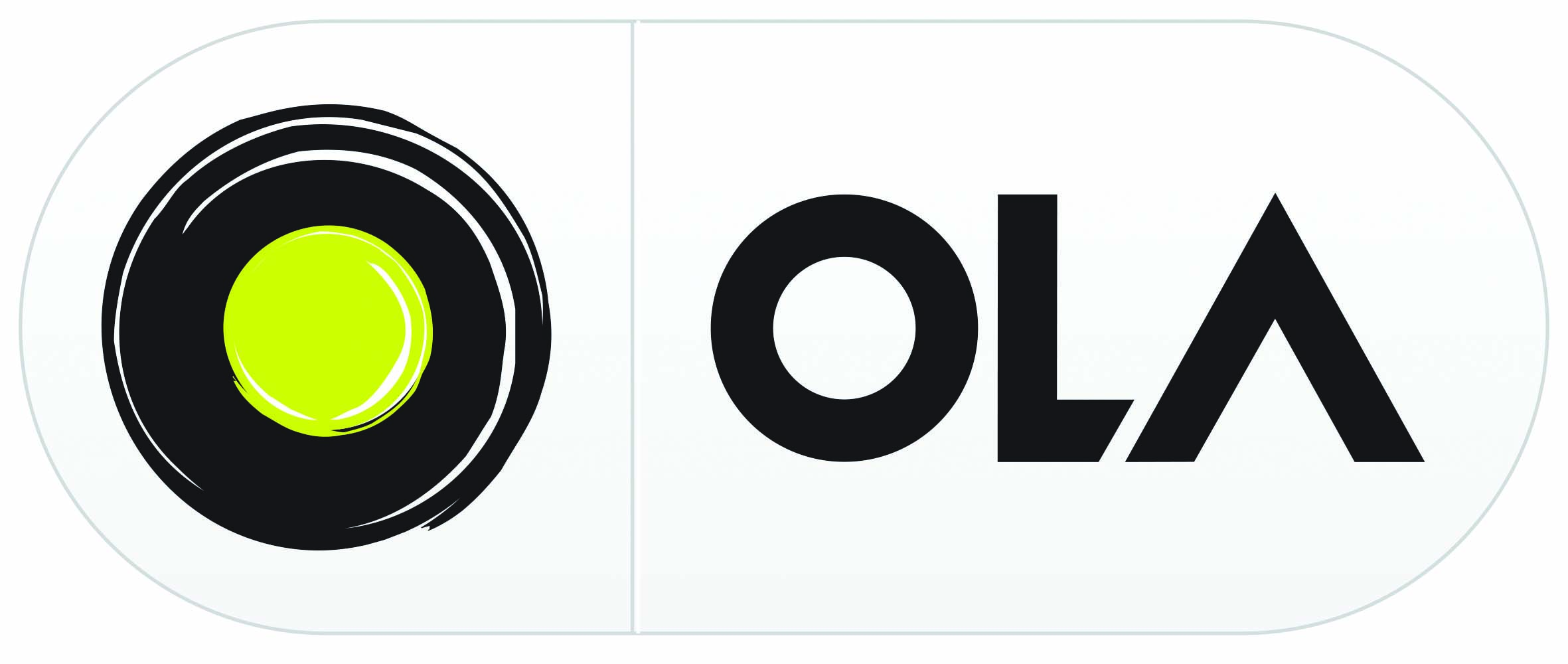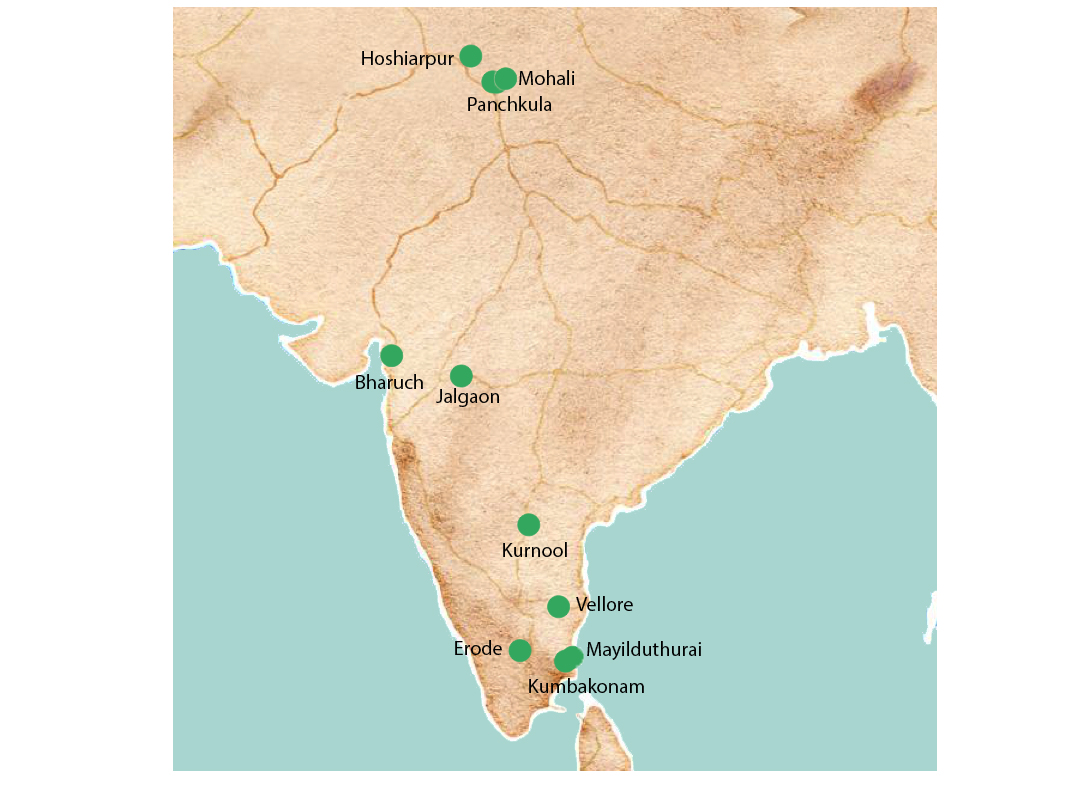I recently interned at Dragonfruit AI (https://dragonfruit.ai/), a Video AI startup currently focussed on physical security.
Every heist movie has a security guard looking at a wall of videos in a dimly lit backroom. Our heist protagonists pick a time when the guard is out on a restroom break. The next morning, the museum staff notices a priceless vase missing and all hell breaks loose. The security team starts poring over hours and hours of footage from the previous day, from dozens of different cameras, frantically looking for something that might lead them to the criminals but it’s too late.
Imagine you could use computer vision to automatically and instantly analyze the dozens of videos pouring into the feed and identify all the people in it. Then you had an algorithmic layer on top of the machine learning driven identification to correlate these people across different cameras and track their path. You could instantly be alerted when a person not identified as museum security was lingering on the premises and alert the authorities. This is what Dragonfruit can do.
Say you’re a traffic authority looking at an intersection and want to identify all the blue cars that took an illegal turn over the past day? You can use Dragonfruit to find them in a second. Say you’re a detective and need to investigate an accident and see if a person in a red hoodie was hit by a green car? Use Dragonfruit to find out in a second.
I worked on the platform team at Dragonfruit, the team responsible for the infrastructure that goes behind ingesting terabytes of data from thousands of cameras, feeding it to the machine learning algorithms, storing the results and organizing it to make it easy for other microservices and the frontend to access.
My project was to work on the local version of Dragonfruit’s cloud infrastructure with the goal of deploying our software onto a private network. This is important because, for compliance reasons, it is not always possible for our customers to upload security footage to the cloud. Every week, I was getting my hands dirty building on layers upon layers of architecture, from setting up Kubernetes services and ensuring they communicated with one another correctly, to connecting them to our databases, making sure they talked to the right messaging queues and indexed the results correctly in the internal search engine.
Thinking about the on-premise infrastructure for a SaaS service is a serious technical puzzle and figuring it out bit by bit taught me how to use a whole host of technologies as well as the ins and outs of setting up these pieces within a larger system in a short period of time. I learned just how much challenging problems can accelerate your pace of learning during this internship. Watching the pieces come together over the course of 4 months was like watching a 1000-piece jigsaw puzzle come to completion. First, the mountains come into picture. Then, you see a river and some houses. Finally, you have the landscape. It was very rewarding and personally fulfilling.
But this isn’t a coincidence. To have this special mix of motivation to work every morning, willingness to drink from a firehose of information and personal fulfillment during a persistent technical challenge, I think the work environment needs to provide you with a few features. First, you need to have a sense of ownership over your work. Second, you have to know that your work matters and substantially moves a needle for the “whole”. Third, you need to have support to turn to when you are stuck or it is too easy to lose steam and cruise.
In my experience, most good big companies provide you with the first and third but not the second. This makes sense because in big companies, by definition, intern projects are not as wide in scope since there is X amount of work but 1000+ employees to divide that among. Most good startups that hire interns provide you with one and two but not three. This also makes sense because they are moving too fast to stop and wait for the intern to catch up at that stage.
Dragonfruit has a unique culture of hiring more interns than other startups at that stage and through a process of trial and error (and more iterations since there are more interns), a process for quickly making them effective, somewhat circumventing the “catch up” problem. This allows Dragonfruit to provide all 3, making it the best case work experience for someone curious about working at a startup.
Dragonfruit also gave me an insider’s view on how effective startups work. I learned about the high pace, the changing prioritization of tasks, the intensity of work and the value of quick prototyping and validating your market hypotheses based on customer response. I believe this is a great opportunity to work on a challenging technical project with a world class team while learning how a well-funded startup operates and would highly recommend anyone interested to apply.
 Here
Here



